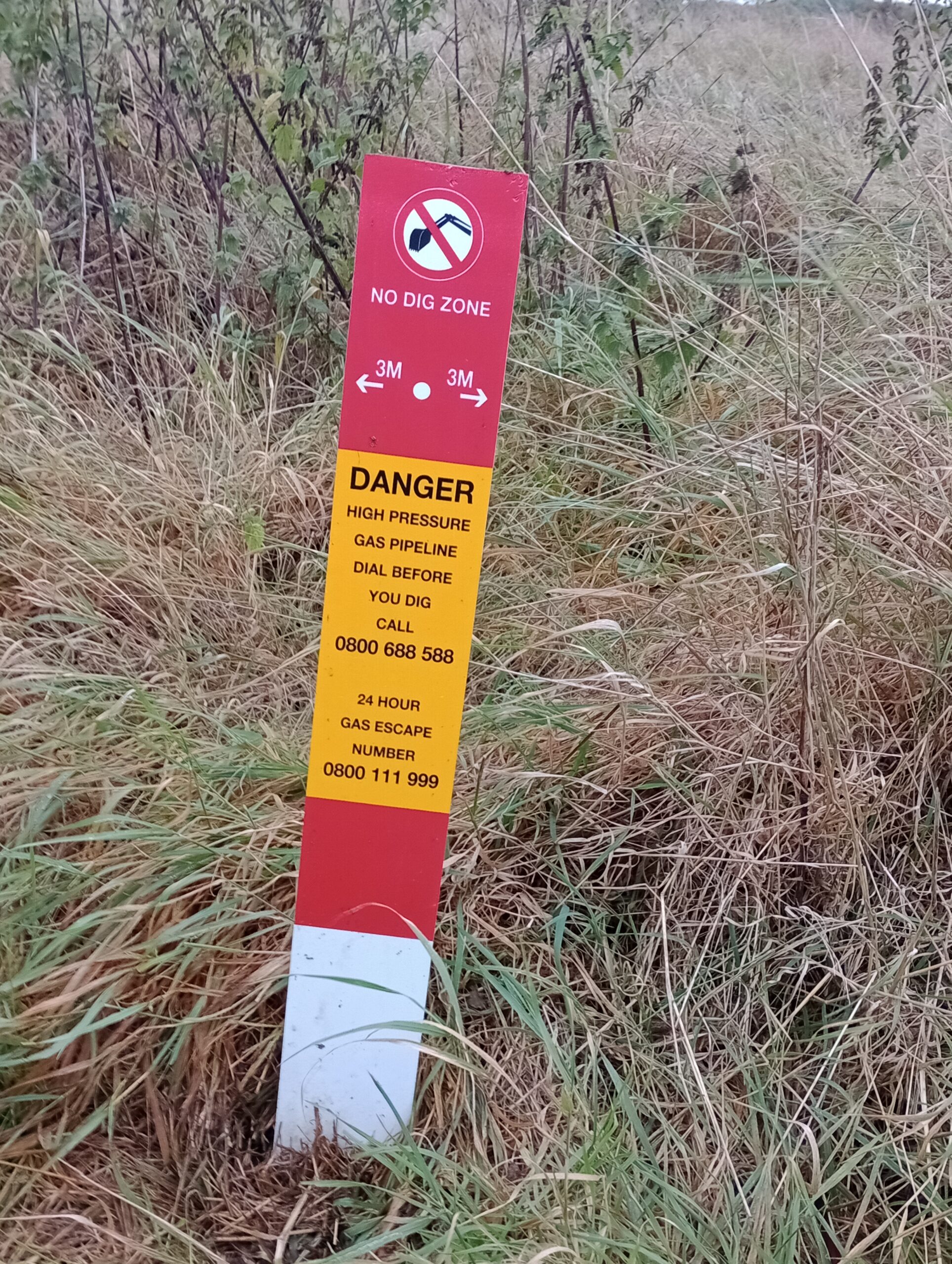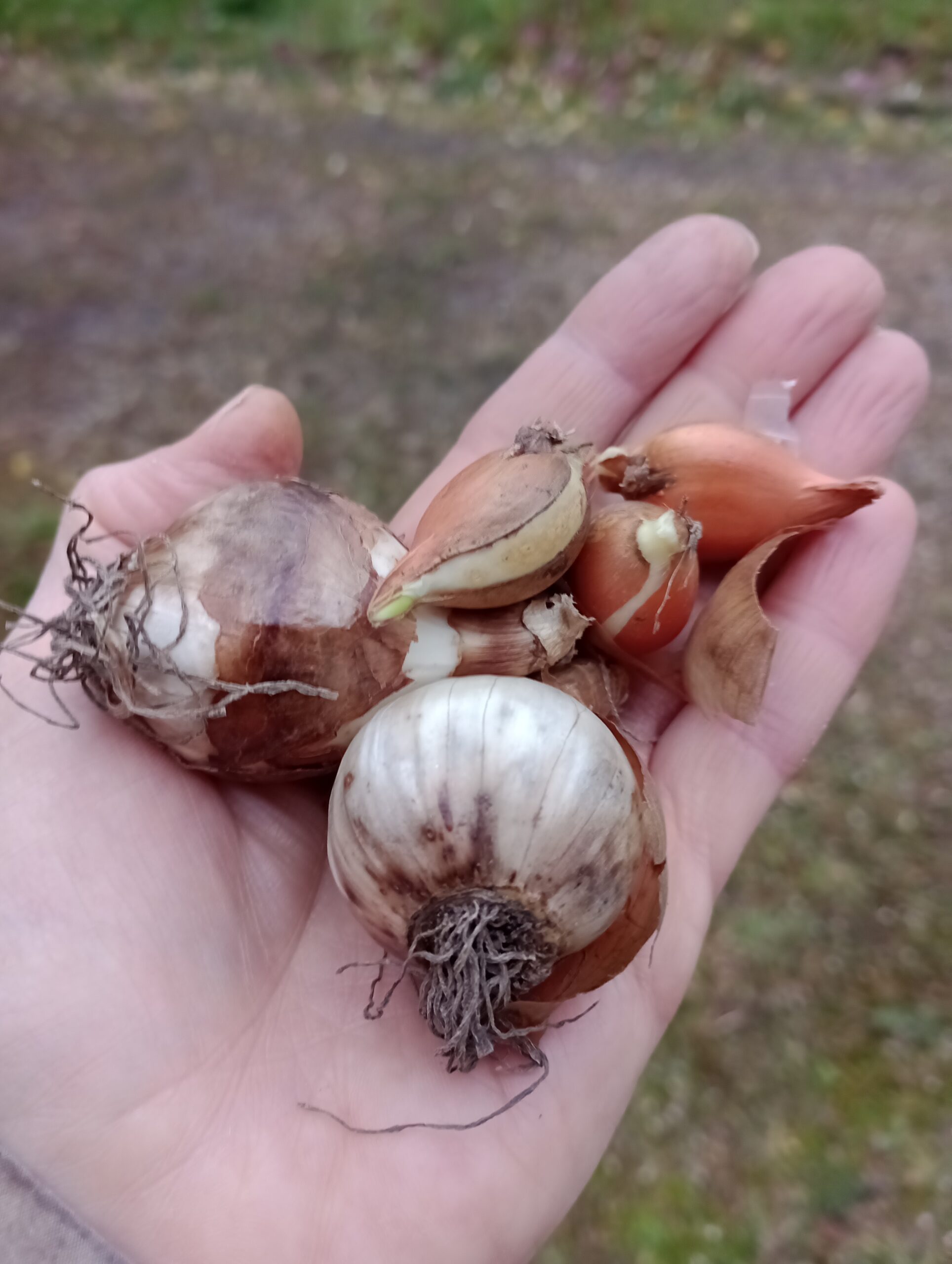
There's work to do Rewilding the Outback





It has been a case of dodging the showers this month. I had to cancel two volunteer days in the Outback thanks to named storms. Eventually we had a really successful afternoon thanks to these lovely people. We raked up as much of the cut grass as we could and piled it up to create warm winter shelter for the slow worms and grass snakes that live in the Outback. Removing cut grass will also help reduce fertility in this area and make it easier for wildflowers to grown.
Previously I had taken the cultivator though and turned over little clods of earth, just like a wild boar, well almost. Onto these bare areas of soil we sowed wildflower seeds from Barry up the road who has the most marvelous wildflower meadow. Finally, we planted our native tulips and daffodils. In time these will naturaise and I hope be a great food source for early pollinators. You will have to come and see it!


Another win. Cadent came out to tell me exactly where the gas pipe that runs under the Outback is. The old markers are no longer visible and I cannot allow trees to grow up and over this pipeline. Once the field has dried out abit we will cut the long grasses and shrubs over the line of the pipe. This will become one of the areas that also has ‘the meadow treatment’ and become an edge next to the emerging scrub, so very valuable for wildlife.
Talking of scrub, look at my emerging trees and thorns! You can really see them now the grasses are dying down. This is progress. This is habitat creation. This is what we are wanting and it is happening. I think that within a couple of years you will really be able to see the difference. Some good thick scrub protecting the emerging Oaks is, in theory, the living accommodation that our now really rare birds like Turtle Doves and Nightingales need to breed.


Finally this soggy November has been brilliant for my ponds. After a second dry summer they are now full to bursting and holding clean water on the land rather than disappearing into ditches and, eventually, down the hill and into the River Colne. Once the bottom of the ponds are fully saturated, I hope that they will be able to retain some water next summer and become a breeding ground for the insects we so desperately need and then the small mammals and bats and so on. This is positive and to watch this change in the landscape is amazing.
Thank you so much to everyone who is reading this, learning and supporting what we are doing here, either as a guardian or volunteering and especially taking these ideas home and applying them at smaller scale in back gardens across the county. It is so important and a brilliant thing to do for the future. Happy November all!




